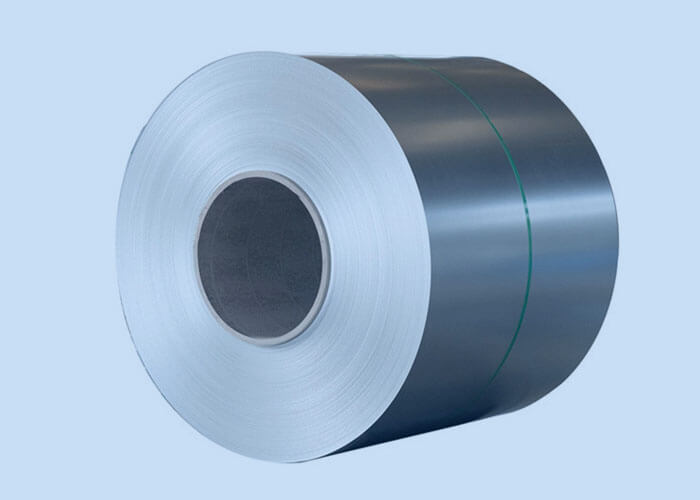What is the Future of Electronic Trading in 2022?
25/03/2022Investing in the Electronic Market As a Beginner
25/03/2022The electronics sector offers substantial growth prospects. It includes telecommunications, networking gear, consumer electronics, semiconductors, and other electronics. In January 2021, the average profit margin for the electronics sector was 3.49%. This is the percentage of revenues that exceed costs. It is used by analysts to measure a company’s profitability and compare it to its competitors. A higher profit margin indicates that a company has good cost control and can pass on the savings to its shareholders. A lower profit margin means that a company is losing money, and the analyst has no use for it.

The value of a product is divided between the company and its customer. The value of a product is measured as the customer’s willingness to pay a given price, and the cost to produce a particular product. By increasing the customer’s willingness to pay, a company can increase its price without reducing its excitement. The increase in revenue and customer satisfaction is the result. The question becomes, how do companies earn profit in the electronic market?
The answer lies in how a company makes a profit. Technology plays a critical role in e-commerce profitability. It determines the value of a product and how much a company charges. The company can raise prices without reducing excitement. This increases revenue and customer satisfaction. In addition, technology allows a company to improve their supply chain and product catalog. These two factors have become integral to a company’s long-term profits.
Technology helps companies create more profitable products and services. Innovations in technology are essential to e-commerce success. These advancements have accelerated the rate of innovation and technology. Today, e-commerce is dependent on more than 250 retailers. In addition, online shopping is characterized by choppy ordering patterns, which make forecasting difficult. As a result, many food and non-food items must be repackaged before e-commerce is possible.
Profitable e-commerce is all about technology. Technology plays an important role in a company’s product catalog and supply chain. These factors also impact a company’s ability to make a profit. It’s critical for e-commerce to be profitable. For example, technology is vital to a retailer’s bottom line. In fact, e-commerce is an essential part of their success.
Technology is key to e-commerce profitability. The supply chain and product catalog are tied to technology. These tools enable a company to identify opportunities and activate solutions. In e-commerce, technology plays a critical role in determining profits. With the development of technology, e-commerce has become an indispensable tool for companies. It’s a crucial element for the business success of e-commerce.
The value of a product is split between the company and the customer. In e-commerce, the price charged is the difference between the value of the product and the cost of producing it. The higher the customer’s willingness to pay, the higher the profit will be. This increases customer satisfaction and drives revenue. It also enables companies to charge higher prices. But the technology that powers e-commerce is also critical for a company’s profitability.
Technology is crucial for e-commerce profitability. The supply chain, product catalog, and marketing investment are all dependent on technology. With technology, a company can improve their efficiency and streamline costs. The bottom line is the bottom line. While the costs of e-commerce are low, the profits of a company’s products are determined by the value of their customers. And that, in turn, determines the level of satisfaction.
The technology used in e-commerce is essential for a company’s profitability. The technology is what drives a company’s ability to produce and sell products. It helps it create a product catalogue and supply chain. Then it creates a product’s demand, thereby driving customer satisfaction. Ultimately, the value of a company’s products is determined by the price. By adjusting the price, a company is able to increase its revenue.


